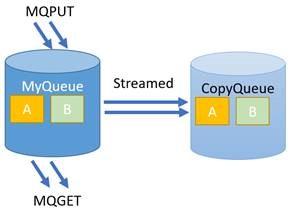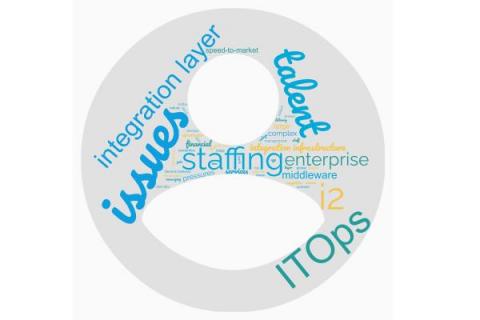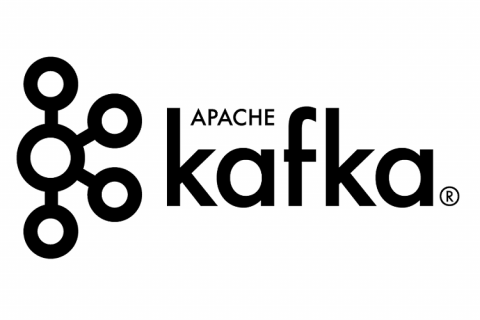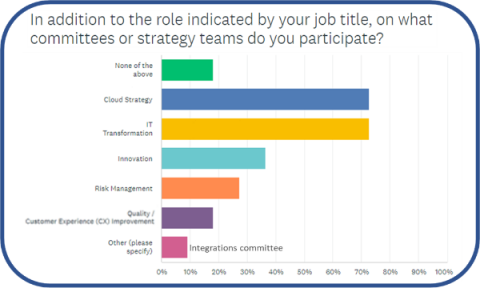How Events and APIs Enable Modern Real-Time Applications
Instead of just opening up closed-off systems via APIs, many businesses are looking to use event-based triggers as well to react to changes in real time. Competitive pressures are driving the need for new thinking when it comes to developing applications that help a business react in real time. Being able to make real-time decisions based on events is at the heart of those efforts.






